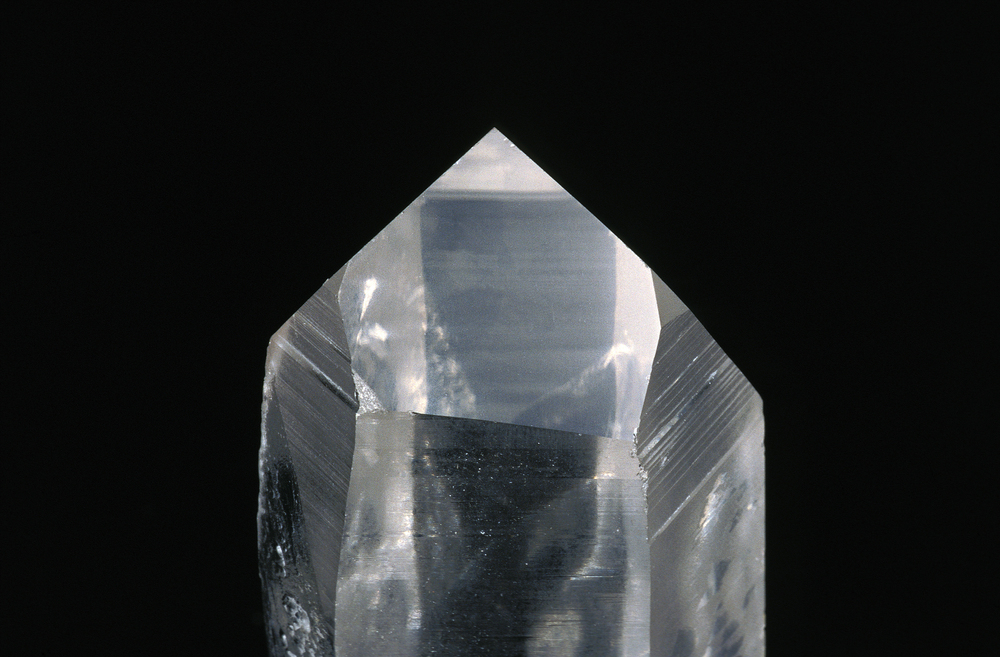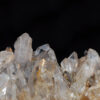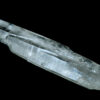Origins in Antiquity: The First Spark
Long before the term “fused quartz” entered the scientific lexicon, ancient artisans in Mesopotamia and Egypt were pioneering early glassmaking techniques. Around 2000 BCE, these early innovators discovered that heating silica-rich materials could produce glass. This rudimentary glass was primarily used for decorative items like beads and amulets, laying the groundwork for future advancements in glass technology.
The Birth of Fused Quartz: A 20th-Century Breakthrough
While glassmaking has ancient roots, the production of fused quartz—a glass consisting of pure silicon dioxide—emerged in the early 20th century. In 1899, Dr. Richard Küch developed a method to melt high-purity quartz crystals using an oxyhydrogen gas blowpipe, producing bubble-free quartz glass on an industrial scale. This innovation marked the beginning of fused quartz as a vital material in scientific and industrial applications.
Later, James Franklin Hyde, an American chemist, advanced the field by creating a method to produce fused silica from silicon compounds. His work led to the formation of Dow Corning and the widespread use of fused silica in aeronautics, telecommunications, and computer technologies.
Fused Quartz in the Modern Era: From Earth to the Stars
The unique properties of fused quartz—such as its high thermal resistance, low thermal expansion, and exceptional optical clarity—have made it indispensable in various high-tech applications:
- Space Exploration: Fused quartz was used in the windows of crewed spacecraft, including the Space Shuttle and International Space Station, due to its strength and ability to withstand extreme temperatures.
- Semiconductor Industry: Its thermal stability and UV transparency make fused quartz an excellent substrate for photolithography masks in semiconductor fabrication.
- Optics and Telescopes: The material’s low thermal expansion is ideal for precision mirror substrates in telescopes, ensuring minimal distortion due to temperature changes.
The Future of Fused Quartz: Innovations Ahead
As technology continues to evolve, fused quartz remains at the forefront of innovation. Its applications are expanding into areas like quantum computing, advanced telecommunications, and renewable energy solutions. Researchers are exploring its potential in developing more efficient solar panels and high-performance optical fibers, promising a future where fused quartz plays an even more critical role in technological advancements.
Conclusion: A Timeless Material for a Modern World
From its ancient origins to its pivotal role in cutting-edge technologies, fused quartz glass exemplifies the remarkable journey of human innovation. Its unique properties continue to make it an essential material in various industries, and its future applications hold exciting possibilities.
At Technical Glass Products, we are proud to contribute to this legacy by providing high-quality fused quartz solutions for today’s innovators and tomorrow’s pioneers.
Explore our range of fused quartz products and discover how Technical Glass Products can support your next project.







